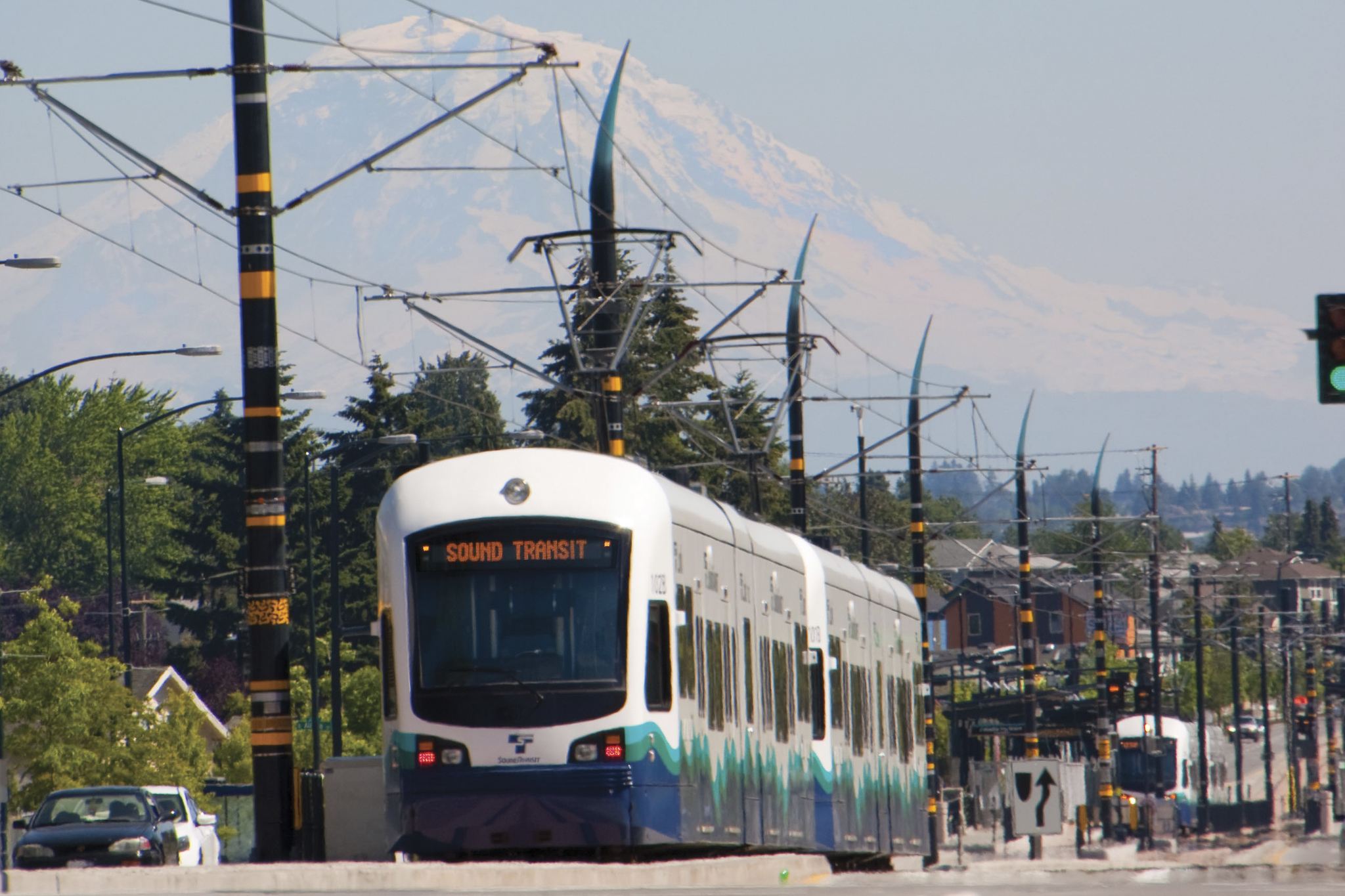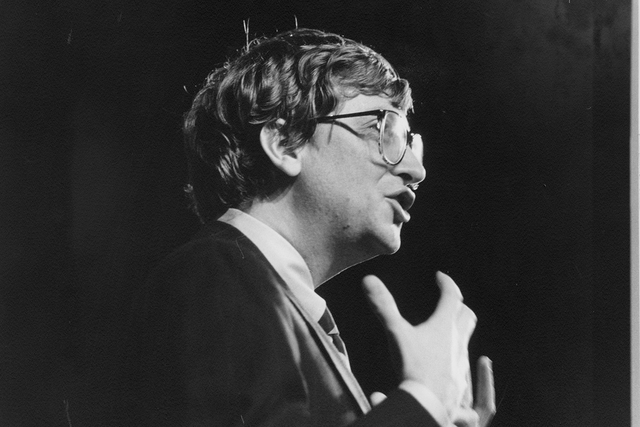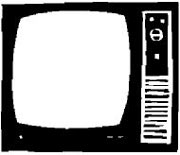THE DIRTY LITTLE secret and the bright, shining hope of the upcoming crop of transportation measures is—pardon me while I say the word—tolls. The dirty secret is that even if voters pass Referendum 51, which would raise the gas tax by 9 cents to fund highway projects, and a $10 billion-plus regional transportation package, we’ll still fall far short of the Puget Sound Regional Council’s $100 billion transportation shopping list for the next three decades. Gas taxes and car tabs can’t cover all that; property, sales, and other general taxes shouldn’t. How to fill the gap? The answer everyone’s talking about, though concrete plans aren’t yet on the table, is to do it the way they built highways in the East and Midwest, back before the federally bankrolled Interstate Highway System sold America on the free-lunch delusion—with tolls.
These would be tolls with a difference, however. Instead of queuing at tollbooths, motorists would pay automatically, via smart passes and electronic transponders, without even slowing down. Tolls could be adjusted to time of day (“peak-hour pricing”) or, better yet, according to real-time demand for highway space (“congestion pricing”)—say, $3 at 5:15 p.m., $1 at midday, 50 cents later in the evening, nothing at all late at night.
HOT (high-occupancy toll) lanes offer another choice. Buses and car pools would use them as they do standard HOV lanes, but solo drivers could also use them for a price, adjusted to demand. Those who choose not to would slog along in the free lanes, as usual. Those who want to use the fast HOT lanes at congested times would pay the top rate. And those who can switch to less-congested times would pay less. Switching would spread demand, reducing congestion and pressure for more highways.
It’s a market-driven solution that substitutes user fees for taxes, encourages private investors to build what the public sector can’t afford to build, and allows consumers greater choice. You can choose to sit in traffic for free or pay for the HOT lane when you’re in a rush. Tax-haters who flock to Tim Eyman’s initiatives oughta love it.
Instead, they persist in calling tolls—even discretionary HOT lanes and congestion pricing—”taxes.” Tolls remain a fighting word out here in the West, the heartland of free lunches, free grazing, free mineral rights, and free whatever else the government can provide. Nine years ago, a public-private initiative set out to build six toll-funded highway projects, using congestion pricing. One, to widen the knotty Highway 520 and Evergreen Point Bridge, incited well-heeled Medina and Hunts Point NIMBYs determined to preserve their lakeside tranquility. But they knew better than to fight it on those grounds; instead, they hired the veteran spinmeister Wiley Brooks, organized as Tolls Represent Unfair State Taxes (TRUST), and drove the stake into demon tolls. Only one of the public-private toll projects—a second Tacoma Narrows Bridge span—has survived, and it has some Gig Harbor residents suing to block it and agitating to secede from Pierce County and join Kitsap County so they won’t have to a pay a toll to visit county offices.
NOW COMES A SALVO in the next round of toll wars: an Aug. 28 op-ed in the Seattle Post-Intelligencer by Chris Clifford, the south King County lawyer, activist, and public-policy hell-raiser. Nothing personal here: I’ve cheered some of Clifford’s past crusades, but he’s weaving between lanes this time. Clifford’s op-ed reprises all the usual arguments against tolls and congestion pricing and adds a new one. Though he formerly worked for TRUST, the group that scuttled the 520 toll bridge, Clifford now argues that tolls work well on bridges, but only there, because bridges have captive markets; drivers can’t bypass them as they can toll roads. As evidence, he points to New York, Boston, and Washington, D.C., which have had toll roads “for decades” without eliminating congestion.
Clifford also trots out the perennial populist argument against congestion pricing and the gas tax: They’re “regressive” and “disproportionately punish the poor,” who will lose the “discretionary mobility” to pursue nonwork activities. There’s half a truth there. Tolls, like gas taxes, fall proportionately on those who drive a lot, rich or poor. Today, business drivers and those who commute from country estates pay as much to put 30,000 miles of wear on the public roads each year as you do to drive 5,000 miles—nothing, aside from the lowest gas taxes in the industrialized world. Paying by the mile makes us consider the actual cost of our driving and ask: Do I really need to make this trip? Do we really need to build this highway? And even, Could I take the bus?
The appeal of congestion pricing is that it can preserve, even bolster, that “discretionary mobility.” Adjust your discretionary schedule and pay less—or nothing—for the road. As for the equity issue, it’s funny how anti-toll, anti-gas-tax populists like Clifford never seem to consider the truly poor, along with the young, elderly, and disabled, who can’t drive and depend on public transportation. Charge for the highways, pump funds back to transit, and everyone wins.
Eric Scigliano’s environment column appears every other week.









